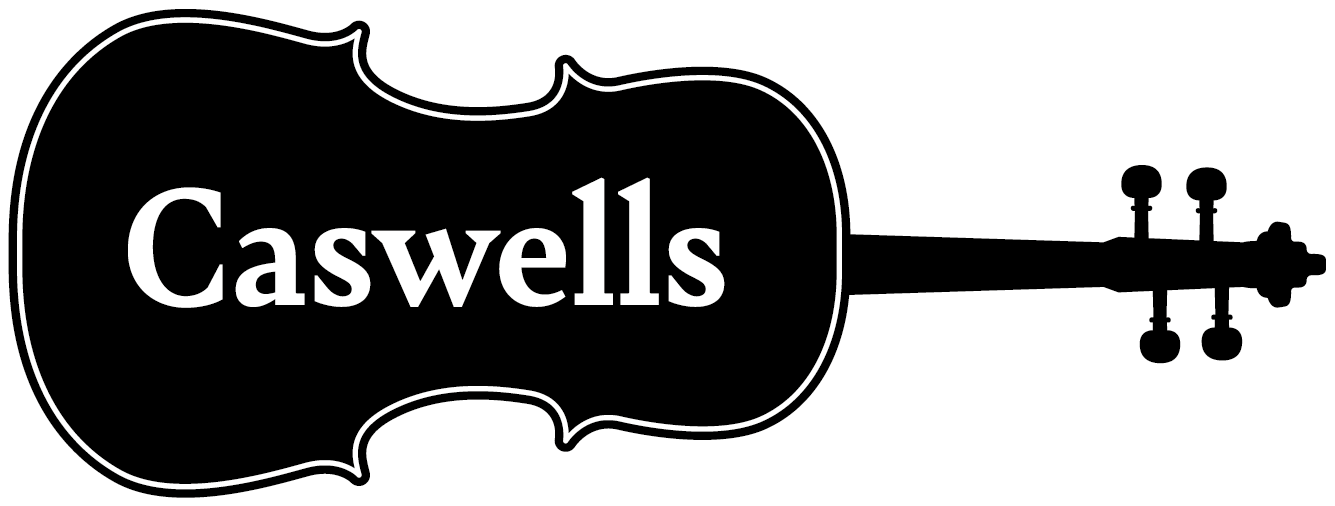This is a very common symptom as your violin is well played. To get your instrument restored to all its former glory is simply a set-up /service where your instrument is surveyed and adjustments made to the bridge, soundpost, string lengths, and possibly new strings. We also check for hidden cracks, or the seams of the belly lifting etc.
What do you mean by set-up and what is involved?
- Cutting and shaping the bridge. The bridge is one of the most important elements on a string instrument, and can make a huge difference to the tone if fitted correctly. It directs the vibrations from the strings down into the resonating chamber of the instrument, which affects the volume and quality of the sound. The height and curve of the bridge are critical and affect the playability of the instrument by having the correct string height from the fingerboard, thus influencing the ability for the player to execute smooth string crossings. The bridge is cut to the correct shape, height and thickness, while the feet of the bridge are shaped perfectly to fit the contour of the belly.
- Soundpost fitting – The soundpost and the bridge work together to producing the quality of the sound. The soundpost is placed inside the violin and its location is determined by the relative position of the bridge. It is skilfully cut so that it sits flush up against both the belly and the inside back of the instrument. This ensures an unbroken path conveying the vibrations of the note played, down from the bridge, through the soundpost and to the resonating chamber of the violin.
- Peg servicing – Each peg is cut and fitted correctly using specialist tools to allow them to turn smoothly but remain tight enough to still hold their tuning. We sometimes also apply a special peg paste compound during the setup process.
- The top nut – Between the fingerboard and the scroll lies the nut. The nut plays a crucial role in spacing the strings and the height at which the strings sit from the fingerboard. An incorrectly sculpted nut can lead to a ‘buzzing’ sound being produced by the strings vibrating against the fingerboard, or broken strings. Our luthiers carefully shape each nut, and ensure that the grooves in which the strings sit are completely smooth to allow the strings to move easily.




